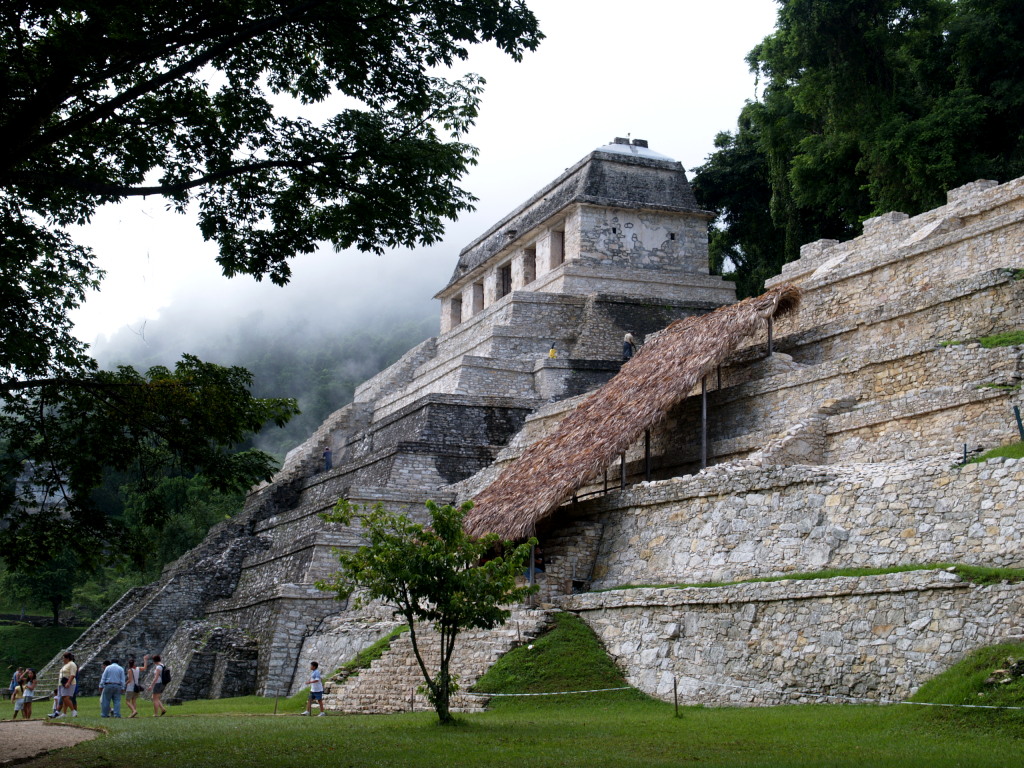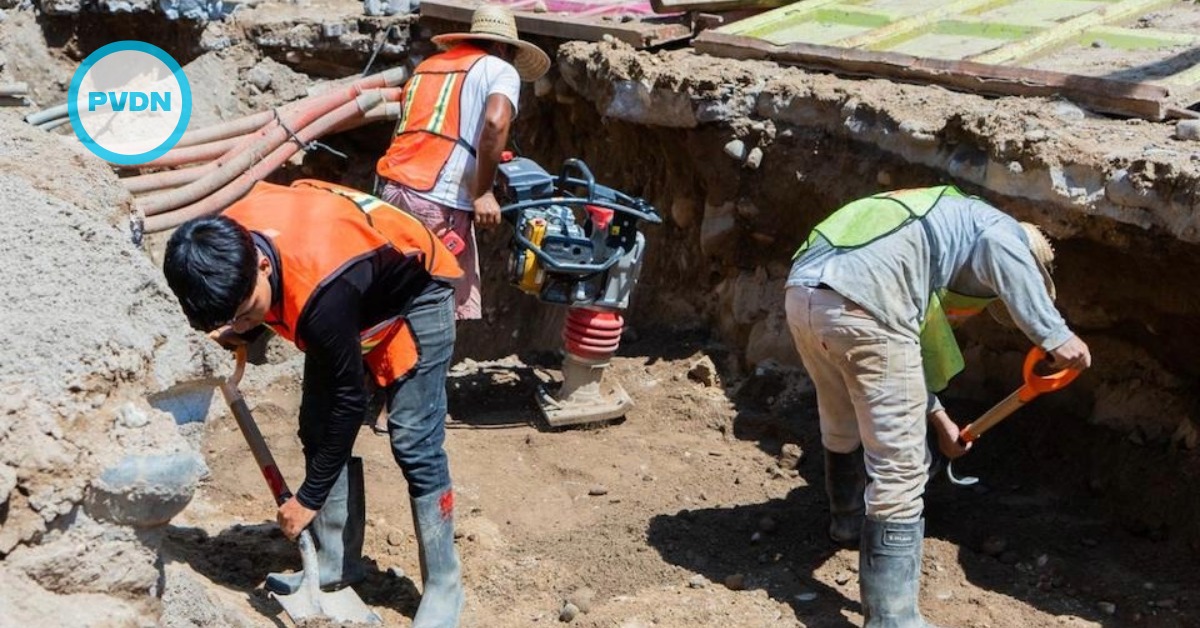Archaeologists at Mexico's Mayan ruin site of Palenque have discovered an underground water tunnel built under the Temple of Inscriptions, which houses the tomb of Mayan ruler Pakal.
Archaeologist Arnoldo Gonzalez says researchers believe the tomb and pyramid were purposely built atop the spring between 683 and 702 AD. The tunnels led water under the funeral chamber and give Pakal's spirit a path to the underworld.
Attention has focused on the heavily carved sarcophagus in which Pakal was placed, and which some erroneously believe depict the Maya ruler seated in a spaceship.
But Gonzalez said Monday carvings on . . .






